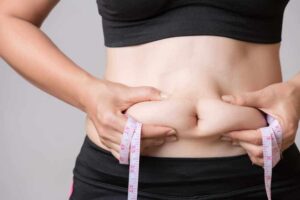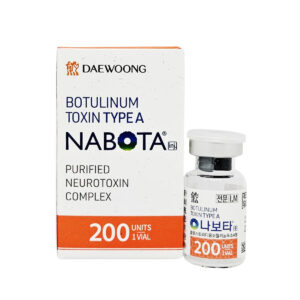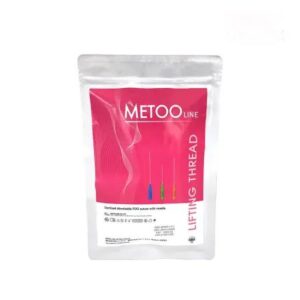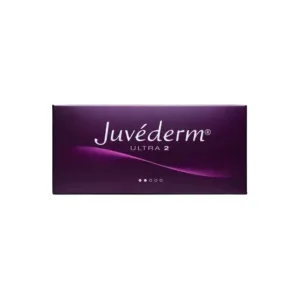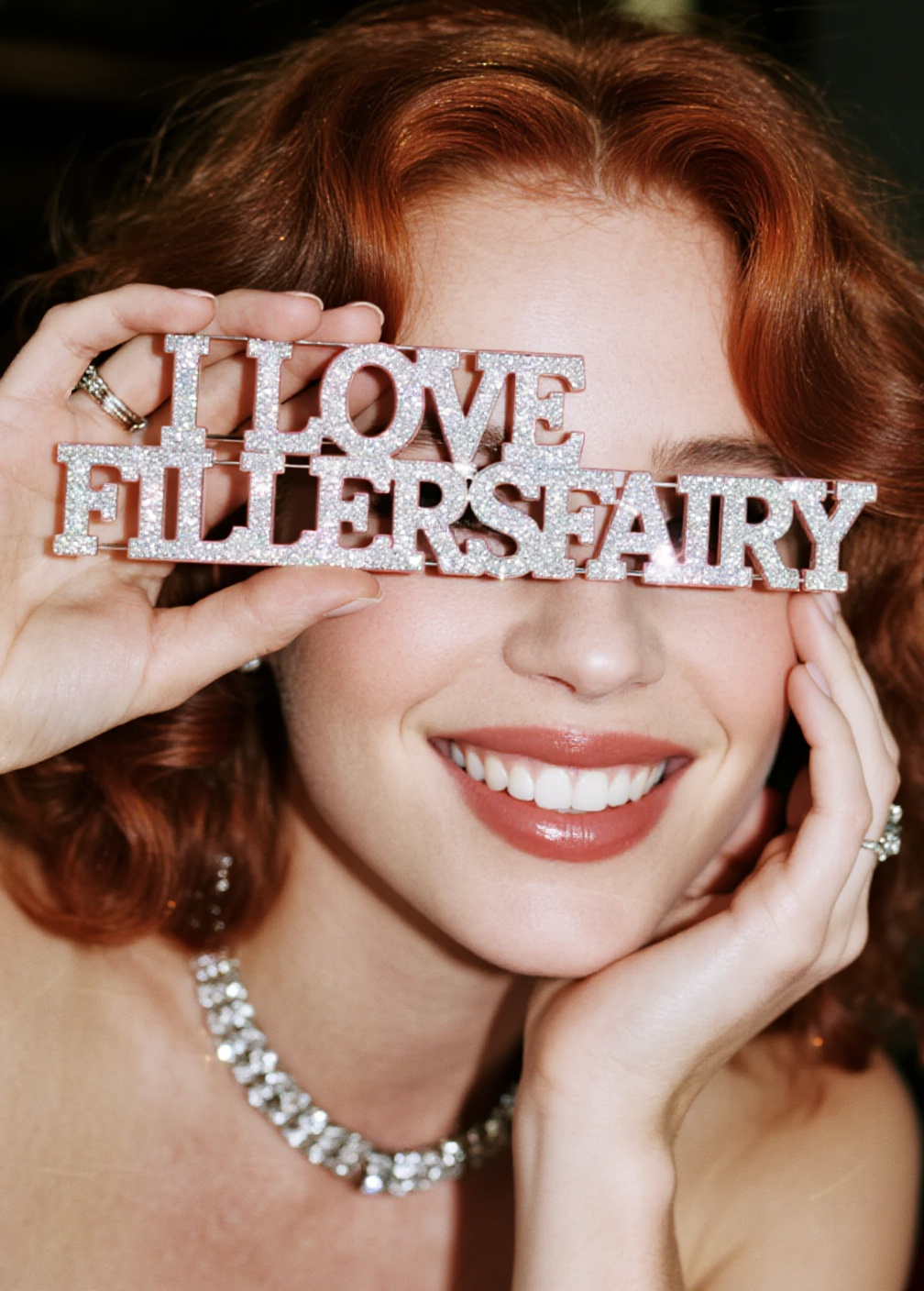No products in the cart.
Need help? Write to us support@fillersfairy.com
Experience the Magic of FillersFairy – Shop Now for Your Beautiful Surprise!
- DERMAL FILLER
- BODY FILLER
- SKIN BOOSTER
- NCTF 135HA
- DIVA EYE PN
- DIVA FACE PN
- AMI NAD+
- NadReju
- Miracle Touch BR
- Miracle Touch Up
- Regenovue Aqua Shine Plus
- Vitaran i
- Vitaran i 2
- Hyalace
- Elaxen PN
- PuriColl
- Rejeunesse Sparkle
- ASCE+ IRLV
- AestheFill
- AETER PURI EYES
- Ami Eyes
- Aqua Exosome
- ASCE Plus SRLV
- Celosome Aqua
- Curenex Glow
- Cytocare
- Exo-one
- High Inj
- Hyaron
- Juvederm Skinvive
- Kiara Reju
- Lapuroon
- Miracle
- Puri Hilo PN
- Puri Pdrn
- Purilips
- Rejuran
- Revitrane HA20
- Richesse Collafio
- Save B32
- Save B32SP
- BOTULINUM TOXIN
- FAT DISSOLVING
- HAIR TREATMENT
- IV THERAPY
- NUMBING CREAM
- PLLA/PCL/CA+
- CONSUMABLES
- THREAD
- AESTHETIC COSMETICS
- PEELING
Сall our consultants or Chat Online
+1(912)5047648
- DERMAL FILLER
- BODY FILLER
- SKIN BOOSTER
- NCTF 135HA
- DIVA EYE PN
- DIVA FACE PN
- AMI NAD+
- NadReju
- Miracle Touch BR
- Miracle Touch Up
- Regenovue Aqua Shine Plus
- Vitaran i
- Vitaran i 2
- Hyalace
- Elaxen PN
- PuriColl
- Rejeunesse Sparkle
- ASCE+ IRLV
- AestheFill
- AETER PURI EYES
- Ami Eyes
- Aqua Exosome
- ASCE Plus SRLV
- Celosome Aqua
- Curenex Glow
- Cytocare
- Exo-one
- High Inj
- Hyaron
- Juvederm Skinvive
- Kiara Reju
- Lapuroon
- Miracle
- Puri Hilo PN
- Puri Pdrn
- Purilips
- Rejuran
- Revitrane HA20
- Richesse Collafio
- Save B32
- Save B32SP
- BOTULINUM TOXIN
- FAT DISSOLVING
- HAIR TREATMENT
- IV THERAPY
- NUMBING CREAM
- PLLA/PCL/CA+
- CONSUMABLES
- THREAD
- AESTHETIC COSMETICS
- PEELING
Revolax fillers are often more affordable due to competitive market positioning and production efficiencies from their South Korean manufacturer. Unlike premium brands with extensive clinical marketing, Revolax may invest less in U.S. or European clinical trials, reducing overhead.
However, it still uses purified hyaluronic acid and is CE-certified, indicating it meets European safety standards. The lower price does not necessarily reflect compromised safety for certified products, but always ensure your practitioner uses authentic, medically approved supplies.
Table of Contents
ToggleMarket Competition and Pricing
The global dermal filler market is a crowded and competitive space, valued at over $5.7 billion in 2023. In this environment, brands like Revolax must adopt aggressive pricing strategies to capture market share from established leaders like Juvederm and Restylane, which can command prices 40-50% higher. For a clinic, the decision to stock a particular brand is a calculated balance between perceived prestige and profit margin. Revolax’s strategy is to compete directly on value, offering clinicians a high-margin product that enables them to attract price-sensitive clients without sacrificing their bottom line.
Revolax operates as a value-brand disruptor in a market traditionally dominated by a few key players. Its pricing is not just about low production costs; it’s a deliberate market penetration strategy. By positioning its 1ml syringes at a 20-30% lower wholesale price to clinics than most premium competitors, it creates an immediate incentive for practitioners to trial and adopt the product.
This competitive pricing forces a market response. Other brands must justify their premium, often through increased marketing budgets focused on brand legacy and clinical studies. Revolax, in turn, focuses its resources on demonstrating clinical efficacy and practitioner training, keeping its customer acquisition cost low. Their strategy relies on volume: capturing a 5% market share in a new region within 24 months through competitive pricing can generate more revenue than holding a 2% share at a premium price.
| Cost Layer | Premium Brand (e.g., Juvederm) | Revolax | Difference |
|---|---|---|---|
| Wholesale Price (/syringe) | 250−320 | 180−220 | ~70−100 less |
| Clinic Markup (100-150%) | 500−800 | 360−550 | ~140−250 less for patient |
| Clinic Profit Margin | 250−480 | 180−330 | Similar % margin, lower absolute profit |
A clinic can maintain a 125% profit margin on a Revolax syringe sold for 405whilestillofferingapricethatishighlyattractivetopatientscomparedtoa650 Juvederm treatment. This volume-based approach builds patient loyalty and allows for repeat business, which is far more valuable long-term than a single high-price treatment. Revolax’s pricing is a smart, volume-driven challenge to the market’s status quo.
Differences in Product Composition
When comparing dermal fillers, the devil is in the biochemical details. While all hyaluronic acid (HA) fillers share a common base, subtle differences in cross-linking technology, HA concentration, and particle size directly influence performance, longevity, and ultimately, cost. Revolax Deep, for instance, uses a HA concentration of 24mg/ml—comparable to many premium brands—but achieves its competitive edge through a highly efficient Monophasic Matrix Technology. This refers to a homogeneous gel where particles are seamlessly integrated, aiming to reduce waste and simplify the manufacturing process without compromising the crucial G-prime (elastic modulus), which measures stiffness and lifting capability.
The core of any HA filler is how the HA molecules are cross-linked with BDDE (1,4-Butanediol diglycidyl ether) to stabilize them and resist degradation by the body’s hyaluronidase enzyme. The cross-linking ratio—the percentage of HA molecules bound to BDDE—is a critical differentiator. Premium brands often boast ratios of 6-8%, while independent studies on Revolax suggest a highly efficient ratio in the 4-6% range. A higher ratio isn’t automatically superior; it’s a balance. Excessive cross-linking can create a stiffer, less natural-feeling product. Revolax’s formulation aims for an optimal balance that provides effective lift (a G-prime of ~700 Pa for Revolax Deep) for approximately 9-12 months, while using a slightly less resource-intensive process.
Key Insight: The manufacturing goal is not necessarily to maximize cross-linking, but to achieve a predictable and consistent degradation profile with the minimum effective amount of cross-linker. This efficiency in material use directly reduces production costs.
Particle size distribution is another major factor. Revolax offers two main product lines with distinct specifications:
- Revolax Deep: Designed for deeper injection, it features a monophasic gel with a median particle size of 450-500 microns. This larger, cohesive structure is intended for volumizing cheeks and jawline contours.
- Revolax Fine: Targeted for superficial lines, it has a lower viscosity and a median particle size of 250-300 microns, allowing for smoother injection into fine lines around the mouth and eyes.
This targeted approach means clinics don’t pay for a “one-size-fits-all” product that is over-engineered for a specific task. The composition is tailored to the injection depth and purpose, minimizing excess. Furthermore, Revolax uses a bacterial fermentation process for its non-animal HA, a standard industry practice. Their efficiency comes from perfecting this process over thousands of batches, achieving a 99.8% purity rate with minimal batch-to-batch variance (±0.5%), which reduces quality control overhead and material waste..
Regional Pricing Variations
A syringe that costs a clinic 180 in SouthKorea might be priced at 290 for a distributor in the European Union. This disparity is not arbitrary. It is the direct result of a complex web of regional economic factors, primarily:
- Import tariffs and regulatory fees
- Distribution model markups
- Local market competition and willingness to pay
The single largest factor influencing regional price differences is the regulatory and import cost structure. For a brand like Revolax, which is manufactured in South Korea, selling within the Asian market incurs minimal additional fees. However, exporting to markets like the EU, UK, or North America involves significant hurdles. Each region has its own medical device regulatory body (e.g., FDA in the USA, CE marking in Europe). The process of gaining certification in a new region can cost a company between 500,000and2 million and take 18-36 months. These costs are amortized into the product’s price for that specific market. Furthermore, import tariffs on medical devices can add an additional 5% to 15% to the base cost before it even reaches a local distributor.
The choice of distribution model drastically alters the final price. In some regions, the manufacturer sells directly to large clinics or clinic chains (B2B), eliminating a middleman and keeping margins tighter. In others, they rely on a national or regional master distributor. This distributor purchases a large volume at a 40-50% discount off the target retail price and then sells to individual clinics, adding their own 20-30% markup to cover their operational costs and profit. This two-layer model inherently increases the clinic’s purchase price by a significant margin compared to direct sales regions.
Clinic Overhead and Final Price
In reality, the product cost is just one component, often representing only 20-30% of the final amount you pay. The remaining 70-80% is allocated to covering the clinic’s substantial overhead and generating a profit. For a Revolax treatment priced at 500,approximately 100-150 covers the syringe itself,while the 350-$400 balance accounts for the expertise, facility, and operational costs required to deliver the procedure safely and effectively.
The clinic’s final price is a calculated sum of all business expenses, not just product acquisition. A modern aesthetic clinic operates with significant fixed and variable costs that must be distributed across every service. Key overhead factors include:
- Practitioner Expertise: An experienced injector’s time is the most valuable resource. A 30-minute appointment for filler injection might command a 150−250 fee solely for the specialist’s skill and time, which includes consultation and precise administration.
- Clinic Facilities: High-end retail space in a metropolitan area can cost 60−100 per square foot annually. A 1,500-square-foot clinic faces 90,000−150,000 in rent alone each year, a cost factored into every service.
- Staff & Operational Costs: This includes front desk coordinators, medical assistants, and sterilisation personnel. Total staff salaries can consume 25-35% of a clinic’s total monthly revenue.
- Insurance & Licensing: Malpractice and business insurance for an aesthetic practice is exceptionally high, often costing 15,000−40,000+ annually per practitioner.
- Equipment & Consumables: This includes treatment beds, autoclaves for sterilisation, needles, gloves, medical-grade disinfectants, and even the cost of consent forms. These consumables might add 15−30 to the cost of each individual procedure.
Therefore, a clinic’s pricing strategy is based on achieving a specific gross profit margin, typically between 60% and 75% for aesthetic treatments. If a clinic purchases a Revolax syringe for 200,they need to price the treatmentata minimum of 500 to achieve a 60% gross margin after accounting for the direct product cost. This margin is not pure profit; it is the pool of money used to pay all the overhead items listed above. The remaining funds after overhead is the net profit, which might only be 10-15% of the final price, or 50−75 on a $500 treatment. Using a more affordable product like Revolax allows a clinic to either offer a more competitive price to attract a higher volume of patients or maintain their standard pricing and achieve a slightly higher net profit per treatment, creating financial stability.
Ensuring Quality and Safety Standards
The product holds CE certification (a mandatory requirement for medical devices in Europe) and is produced in an ISO 13485 certified facility, a stringent quality management standard. Each batch undergoes over 25 distinct quality control tests, from raw material purity checks to final product sterility, ensuring a failure rate of less than 0.1% before release. This commitment to quality is a fixed cost that Revolax manages through high-volume efficiency, not avoidance.
The entire manufacturing process is designed around a Quality by Design (QbD) principle, where safety is engineered into every step. This begins with the sourcing of raw materials. The hyaluronic acid used is from a non-animal, bacterial fermentation source, with a purity specification of >99.5%. The cross-linking agent BDDE is meticulously purified to reduce residual impurities to a level below 2 parts per million (ppm), a standard that meets or exceeds industry benchmarks.
A common misconception is that cheaper fillers use lower-grade materials. In reality, the cost savings are found in manufacturing scale and efficiency. The raw material specifications for Revolax are virtually identical to those of premium brands, often sourced from the same global suppliers.
The sterility and apyrogenicity (freedom from fever-causing substances) of each syringe are paramount. Every single batch is tested for:
- Sterility: Following USP <71> standards, samples are incubated for 14 days in culture media to detect any microbial growth.
- Endotoxins: Using the Limulus Amebocyte Lysate (LAL) test, ensuring levels are below the FDA limit of 0.5 EU/ml.
- BDDE Residuals: Confirming through HPLC testing that unreacted BDDE is within safe, non-cytotoxic limits.
These tests are not sampled; they are performed on every production batch, creating a comprehensive data trail for traceability.
| Quality Checkpoint | Test Method | Acceptance Standard | Frequency |
|---|---|---|---|
| HA Purity | Size-Exclusion Chromatography | > 99.5% | Every raw material batch |
| BDDE Residuals | High-Performance Liquid Chromatography (HPLC) | < 2 ppm | Every product batch |
| Sterility | USP <71> Membrane Filtration | 0% microbial growth after 14 days | Every product batch |
| Endotoxin Level | Limulus Amebocyte Lysate (LAL) | < 0.5 EU/ml | Every product batch |
| Gel Concentration | Spectrophotometry | 24.0 mg/ml ± 0.5 mg/ml | Every product batch |
| Syringe Function | Mechanical Force Test | Smooth extrusion at 5-15 N of force | 100% of syringes |
This rigorous, data-driven process ensures that every Revolax syringe leaving the facility has a 99.9% probability of meeting all release criteria. The company’s high annual volume allows the fixed costs of this extensive quality control apparatus to be spread across a vast number of units, minimizing the financial impact per syringe and proving that high quality and competitive pricing are not mutually exclusive.
Recommended Products
Rejuran S Multi-Action Skin Repair Solution – 1.0ml Professional Skin Booster
$88.00
Add to cart
Rated 5.00 out of 5




